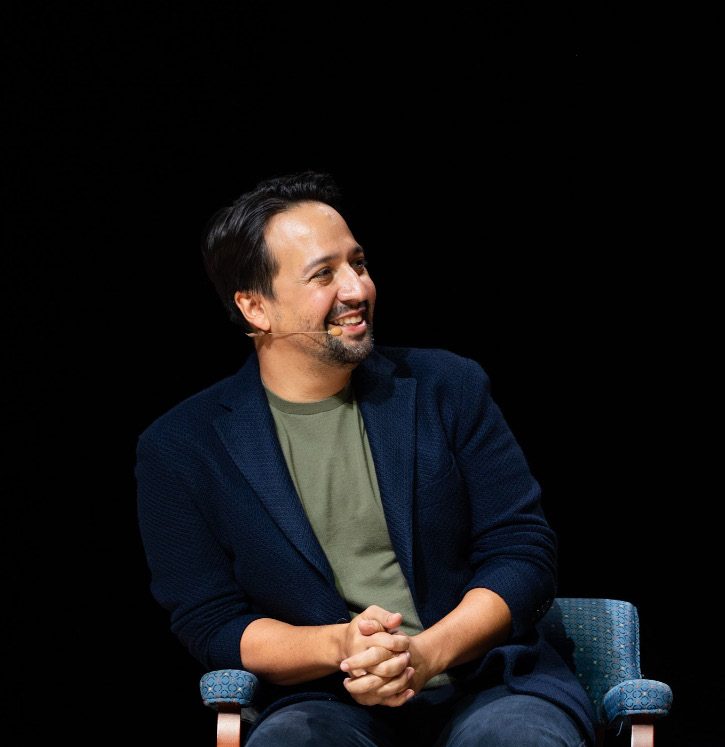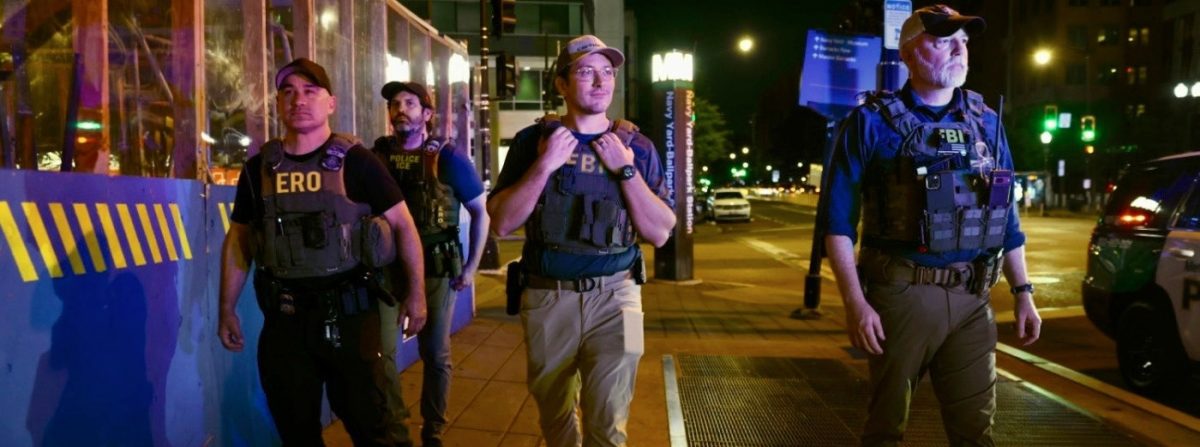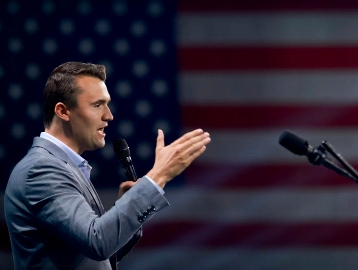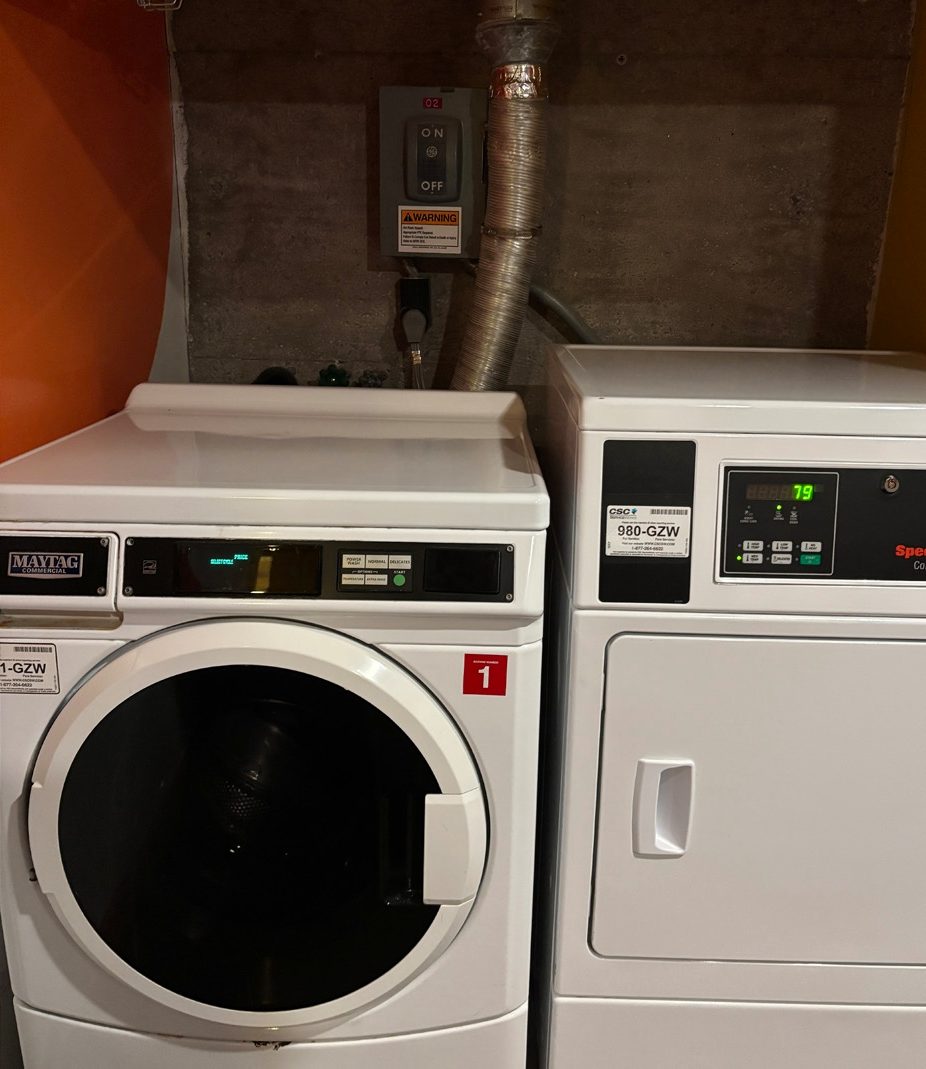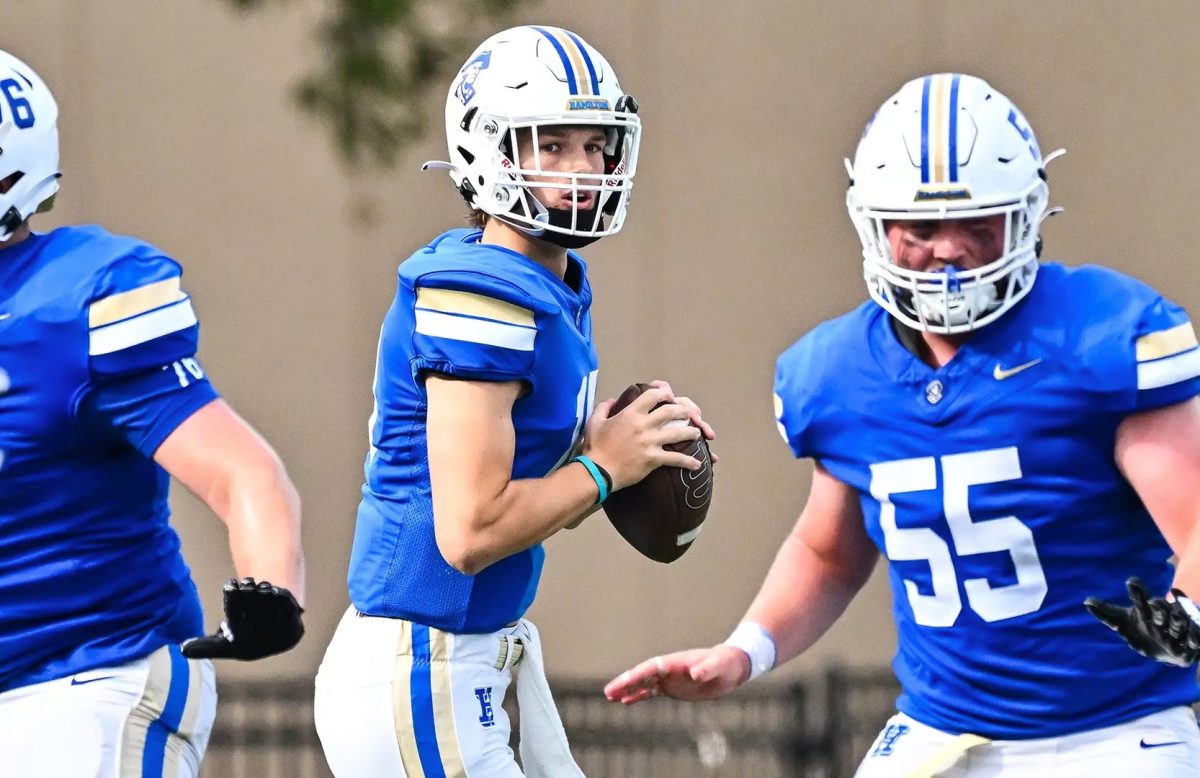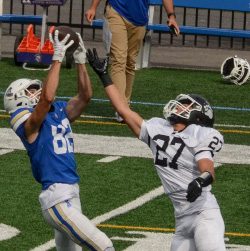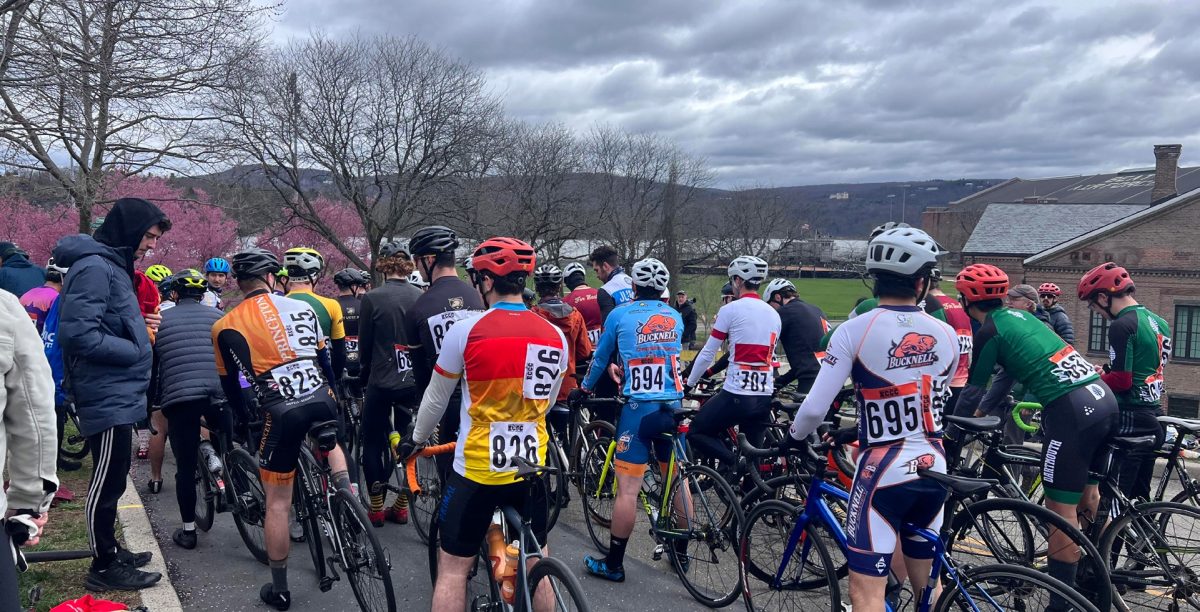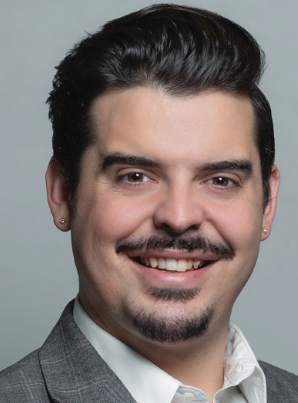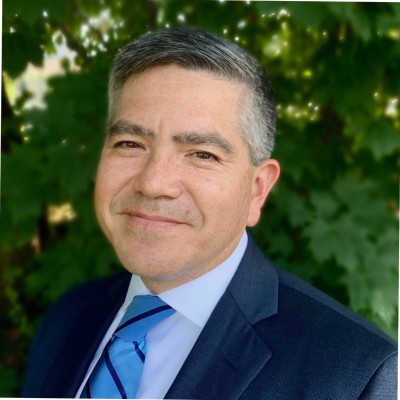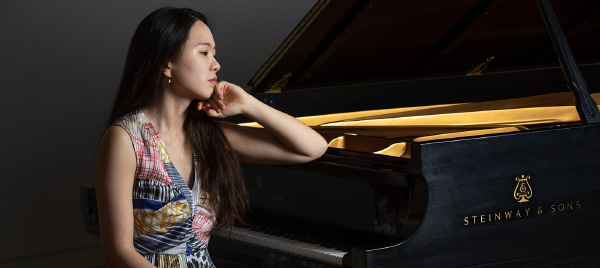
Pianist Chaeyoung Park performed last Sunday afternoon in Hamilton College’s Wellin Center for a show free of admission and open to the public. Park is a young and talented musician whose career is on the rise. She has already performed in many well-known venues, including Carnegie Hall and the Kennedy Center.
The concert consisted of two parts. In the first, she played selections from famous composers like Rachmaninoff, Bach, Sokolovic and Debussy. The second half was dedicated to Beethoven’s Sonata No. 29 Op. 106, “Hammerklavier,” known for its extreme difficulty.
Park immediately welcomed us into her world with two preludes. Her gracefulness and fluidity were entrancing, gluing audience members to their seats with just the first note.
As a musician, she is expressive and able to pour emotion into the dynamics of the songs throughout her performance. She does not just play the notes with her fingers, but plays the music with her entire body.
As she moved to her first full piece, the Duettos BMV 802-805 by Bach, she explained how these duettos are a “conversation between two hands.” Although this piece was originally written for the organ, they transcribed exquisitely to the piano.
Within her performance of this first song, she did not employ any chords but was able to harmoniously string notes together with elegant piano key handwork. She describes this work as “someone from another domain, another world, trying to communicate with us.”
The tone changed a bit for her next piece, Danse 5 from Danses et interludes by Ana Sokolovic, which is more modern than the other more classical compositions on Park’s lineup. Sokolovic blends classic sounds with contemporary to create a rhythmic, fast-paced and expressive performance.
Her final piece of the first half was Pour le piano by Claude Debussy, which consisted of three movements. The third movement, Toccata, had the audience mesmerized. A truly spectacular performance and it came at a time just when the audience thought Park’s performance could not get anymore impressive.
After an intermission, Park came back ready to tackle Beethoven’s Sonata No. 29 Op. 106, “Hammerklavier,” which she describes as “notorious for difficulty and impossibility, but one of the greatest masterpieces in piano literature.” Park shares with the audience that when Beethoven was composing this piece, he wrote in a letter to his brother that he is “writing for pianists to play in 50 years.”
Park described that she views Sonata as she would a novel: something that takes great work and time but can change who you are as a person by the end. She calls upon the audience to be a part of this great work as well, as she emphasizes that listening is just as important as playing.
The first of the four movements, Allegro, was simply and gloriously symphonic. A close listener can hear the sounds of the piano transform into the sounds of a full orchestra. Park describes the second movement, Scherzo: Assai vivace, as “deceivingly light, quirky, short, and hectic.”
The third movement, known for being Beethoven’s greatest slow work, pulls a listener back and forth. The chaotic movement provides the feeling of standing in a cozy room with a fireplace watching snow fall outside, but in the next moment being moved out into the snow. It is a mix of appreciation and longing that illustrates the complex emotions experienced in a state of yearning.
Park’s final movement perfectly captured her entire performance, with it being nothing short of a grand finale. She brings the audience to the edge of their seats as a blanket of tension falls over the auditorium. As the song nears the end she calms everyone with effortless playing, and her final note transmits the feeling of taking a breath of fresh air.
Be sure to look out for more talented musicians coming to Wellin Hall in the near future, including Grammy and Emmy winning jazz musician Endea Owens and The Cookout on October 10 and pianist Elena Nezhdanova on October 12.





